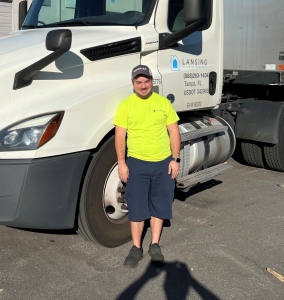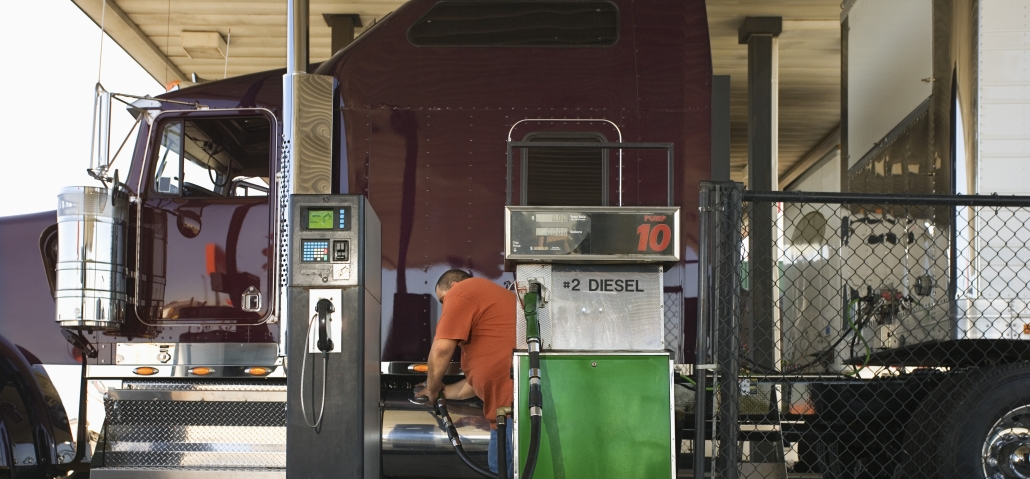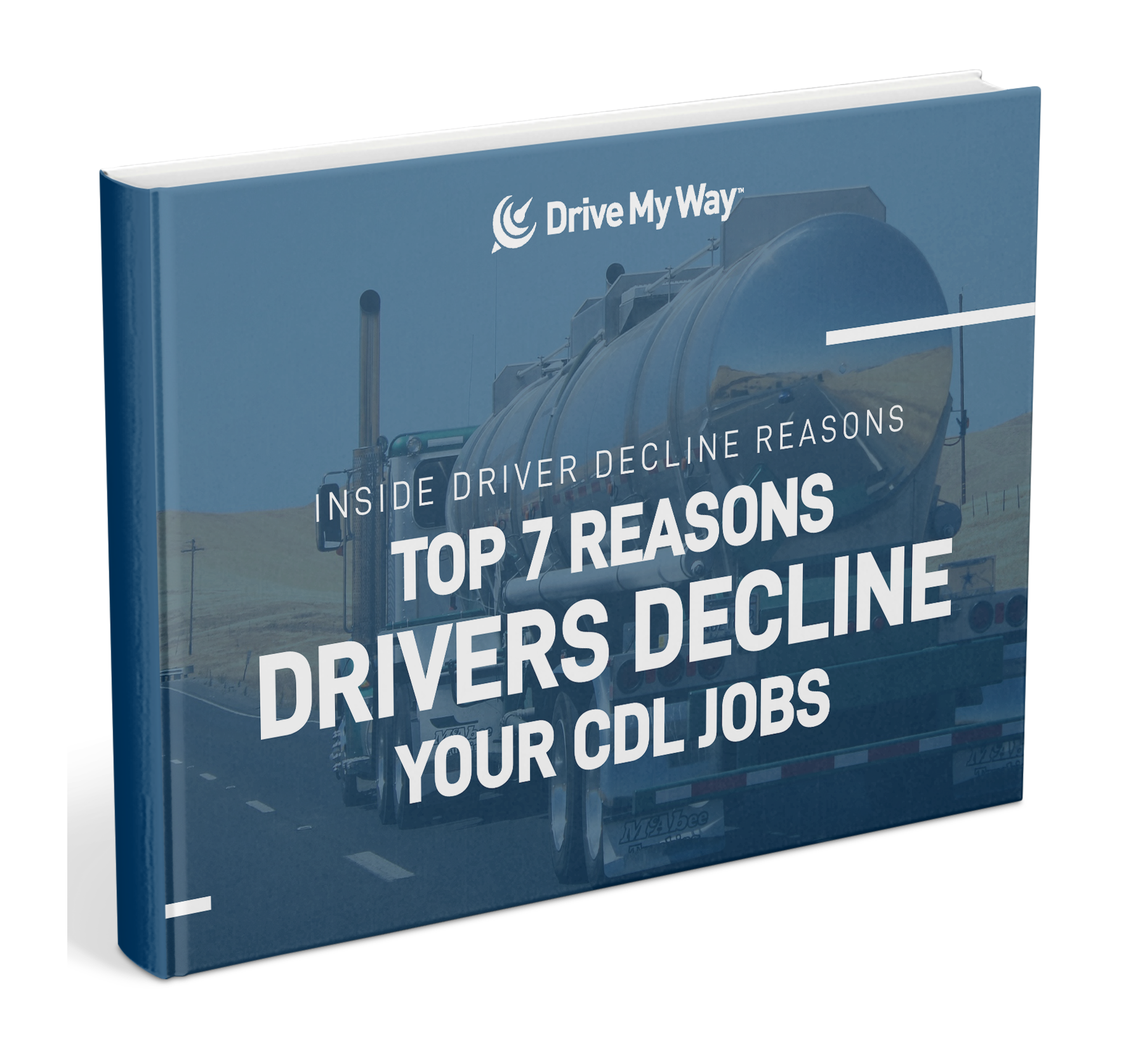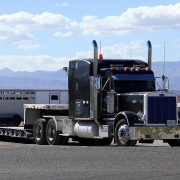
Driver referral programs have become a cornerstone for many trucking companies aiming to recruit and retain high-quality drivers.
By leveraging the network of existing drivers, companies can not only fill positions more efficiently but also create a sense of community and trust within their workforce. However, not all referral programs are equally effective.
Keep reading to discover 9 essential strategies to truly engage your drivers and maximize program success, raising your retention rates and overall employee satisfaction.
- Offer Meaningful Incentives
The foundation of any successful referral program is a compelling reward system.
Cash bonuses are popular, but pay isn’t the only strategy for encouraging drivers. Consider diversifying your incentives to include options like paid time off, gift cards, or even exclusive benefits such as priority scheduling or access to premium equipment.
No matter what the incentive is, make sure the rewards are significant enough to motivate participation and reflect the effort of finding qualified candidates.
- Simplify the Process
Truck drivers are busy people, and if the referral process is too complicated, they may be less likely to participate. Consider streamlining your referral program by:
- Creating an easy-to-use online or mobile platform.
- Providing clear instructions on how to submit referrals.
- Offering updates on the status of the referral.
- Make participation as straightforward as possible to encourage more drivers to get involved.
- Promote the Program Effectively
Drivers are only going to take part in a program that they know is available and accessible to them. Ensure that all drivers are aware of the referral program by promoting it through multiple channels, including:
- Company newsletters.
- Social media platforms.
- Driver meetings.
- Flyers posted in common areas, such as break rooms or dispatch offices.
Additionally, be sure to highlight success stories of drivers who have benefited from the program to build enthusiasm and trust.
- Set Clear Eligibility and Payout Guidelines
Ambiguity is another factor that can deter participation, so be clear about the program’s rules. Transparency also helps build confidence in the program and encourages drivers to take part. When promoting or discussing the referral program, ensure that drivers understand these important stipulations:
- Who is eligible to participate (e.g., all drivers, only full-time employees)
- The types of referrals accepted (e.g., CDL holders with specific experience)
- When and how payouts are made (e.g., after the referred driver completes 90 days of employment)
- Recognize and Celebrate Participation
Another important step in creating a successful referral program is to recognize drivers who bring in referrals. This can help further promote the program, while reinforcing the value of their efforts and motivating others to join in. Here are just a few ways to recognize and celebrate drivers who take part:
- Announcing their contributions in company meetings or newsletters.
- Including their names in a “referral leaderboard.”
- Hosting an annual recognition event or providing awards for top referrers.
- Incorporate Feedback from Drivers
Like all organizational operations, feedback is essential for the success of your referral program. Consider engaging drivers during the program’s design phase to understand what types of rewards motivate them, whether it is cash bonuses, extra time off, or company swag, and what might encourage their participation.
Once the program is running, gather ongoing input through engagement surveys, team meetings, or one-on-one conversations to identify and address any barriers, such as unclear rules or delayed payouts.
Demonstrating that you value your drivers’ opinions fosters trust and engagement across your workforce. Additionally, be sure to communicate any changes made to the program based on their suggestions to show their voices are being heard. Drivers who feel involved and valued are more likely to become enthusiastic ambassadors for your company, amplifying the success of your referral efforts and contributing to stronger recruitment and retention overall.
- Foster a Positive Work Culture
A driver referral program will only succeed if your current drivers are happy with their work environment. Dissatisfied employees are less likely to recommend your company to others. Focus on creating a workplace culture that prioritizes:
- Respect and open communication.
- Fair pay and benefits.
- Transparent management practices.
- Satisfied employees are your best ambassadors.
- Leverage Technology
Modern tools can be useful to track referrals, communicate updates, and manage payouts. Dedicated software platforms can streamline the process, making it easier for drivers to participate and for you to monitor the program’s success.
Consider investing in technology and software that will make the experience smoother for everyone involved, increasing the chances that more drivers will take part in the referral program.
- Measure and Adjust
Every referral program is an ongoing process, so it is essential to continuously evaluate your program’s effectiveness. After considering driver feedback and suggestions, some metrics to monitor include:
- The number of referrals submitted.
- The percentage of referrals hired.
- Retention rates of referred drivers.
Be sure to use this data to refine the program over time, ensuring it meets your recruitment goals.
For more ways to stay ahead of the curve in the transportation industry this year, be sure to check out the rest of our Employer Blog posts and connect with us on social media.


 It’s human nature for people to want to be recognized for their achievements, especially in the workplace. And while truck drivers don’t operate in a traditional “workplace” like an office, that doesn’t mean that they don’t want to be recognized for all the hard work they do week in and week out.
It’s human nature for people to want to be recognized for their achievements, especially in the workplace. And while truck drivers don’t operate in a traditional “workplace” like an office, that doesn’t mean that they don’t want to be recognized for all the hard work they do week in and week out.




 Many CDL drivers are looking to advance their careers by
Many CDL drivers are looking to advance their careers by  Becoming a lease purchase company requires a carrier to follow a set of
Becoming a lease purchase company requires a carrier to follow a set of  As mentioned earlier, becoming a lease purchase carrier a great way to differentiate yourself from the competition. And unfortunately, it’s also an opportunity for carriers to put out deceptive marketing messages—ones that might make it seem like it’s an easy way for a driver to own their own truck with little work on their end.
As mentioned earlier, becoming a lease purchase carrier a great way to differentiate yourself from the competition. And unfortunately, it’s also an opportunity for carriers to put out deceptive marketing messages—ones that might make it seem like it’s an easy way for a driver to own their own truck with little work on their end. Like with anything, there is a level of risk associated with becoming a lease purchase trucking company. There’s always the hope that everything goes right, but sometimes they won’t.
Like with anything, there is a level of risk associated with becoming a lease purchase trucking company. There’s always the hope that everything goes right, but sometimes they won’t. Knowing what your potential drivers are looking for, helps you develop the
Knowing what your potential drivers are looking for, helps you develop the  Comprehensive CDL Recruitment Solutions
Comprehensive CDL Recruitment Solutions







 Early and often is the best rule of thumb for sharing a safety incentive program with drivers. Set clear expectations at the start so that drivers know how to succeed. Based on your metrics for driver incentives, tell drivers exactly what they need to do. The results should be measurable, so drivers feel it’s a fair and attainable goal. Then, share the program in clear, simple language so there’s no confusion or feeling of mystery!
Early and often is the best rule of thumb for sharing a safety incentive program with drivers. Set clear expectations at the start so that drivers know how to succeed. Based on your metrics for driver incentives, tell drivers exactly what they need to do. The results should be measurable, so drivers feel it’s a fair and attainable goal. Then, share the program in clear, simple language so there’s no confusion or feeling of mystery! 


 Medical benefits, life insurance, retirement benefits, and disability insurance
Medical benefits, life insurance, retirement benefits, and disability insurance  Learning and development offerings are a wealth of opportunities for drivers. Many potential employees will be particularly excited to find a company that supports their professional growth. Whether you offer compensation for educational assistance programs or regularly facilitate
Learning and development offerings are a wealth of opportunities for drivers. Many potential employees will be particularly excited to find a company that supports their professional growth. Whether you offer compensation for educational assistance programs or regularly facilitate  “The culture of a family owned business that values their people, treats them with respect, and works well together as a team is what makes us successful and provides a more positive experience for the driver. We have late model equipment, high quality shops, and a great customer base, but in the end it is people that make it all work.”
“The culture of a family owned business that values their people, treats them with respect, and works well together as a team is what makes us successful and provides a more positive experience for the driver. We have late model equipment, high quality shops, and a great customer base, but in the end it is people that make it all work.”


 Tip 1: Clean and Simple
Tip 1: Clean and Simple
 Tip 3: Uncontrollable Factors
Tip 3: Uncontrollable Factors
 1. Equipment
1. Equipment 3. Health Incentive Programs
3. Health Incentive Programs 5. Professional Development
5. Professional Development

